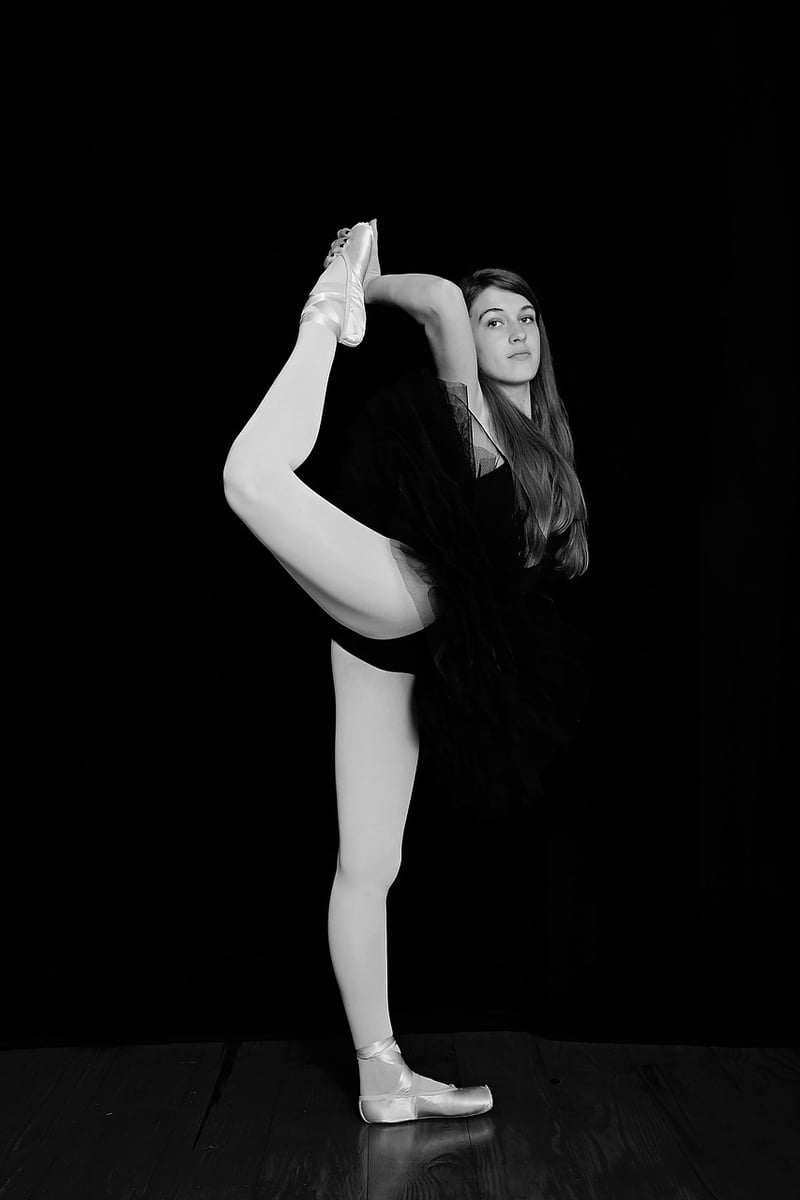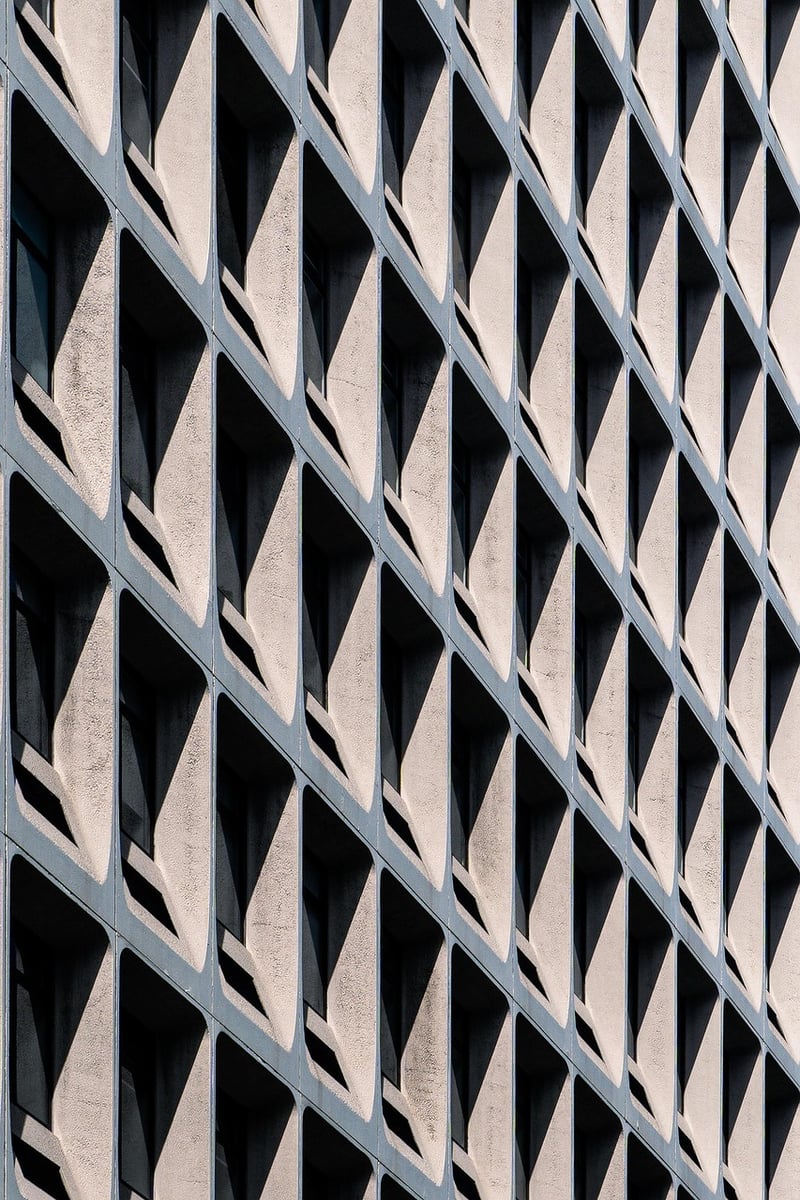Contemporary
Exploring Expressive Movement Forms in Contemporary Art

Expressive movement forms have long been a powerful means of artistic expression, captivating audiences and evoking emotions through the fluidity and grace of the human body. In the realm of contemporary art, these forms have evolved and diversified, pushing boundaries and challenging traditional ideas of movement and performance.
The Art of Dance
Dance, one of the most prominent expressive movement forms, encompasses a wide range of styles and techniques. From classical ballet to modern and experimental dance forms, choreographers and dancers continue to innovate and push the limits of physical expression.
Image Source: Pixabay.com
Performance Art
Performance art merges elements of visual art, music, and movement to create immersive and thought-provoking experiences. Artists use their bodies as a canvas, exploring themes of identity, politics, and society through their movements and gestures.
Interactive Installations
Interactive installations blur the line between audience and performer, inviting viewers to engage physically with the artwork. Through movement and participation, spectators become an integral part of the artistic experience, transforming passive observation into active involvement.

Exploring Boundaries
Contemporary artists continually explore new ways to merge technology with expressive movement forms, creating immersive digital experiences that challenge conventional notions of space and time. These innovative works push boundaries and redefine the relationship between body, movement, and art.
Image Source: Pixabay.com
From traditional dance forms to experimental performances and interactive installations, expressive movement forms in contemporary art continue to captivate and inspire audiences worldwide, offering a glimpse into the boundless possibilities of the human body as a medium of artistic expression.
